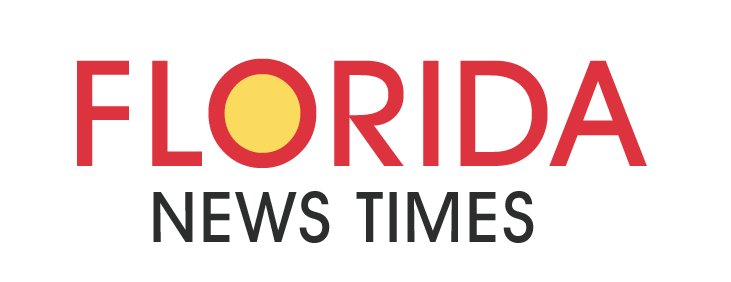Where in Utah is there still a risk for flooding?
/cdn.vox-cdn.com/uploads/chorus_asset/file/24665451/merlin_2979926.jpg)
The National Weather Service on Tuesday issued a flood watch for the Pack Creek Fire burn scar area near Moab, while flash flooding remains “probable” with the state’s most popular recreation areas for the next few days.
The watch, issued by the agency’s Grand Junction, Colorado, office, remains in effect through 8 p.m.
“Flash flooding and debris flows caused by excessive rainfall are possible over the Pack Creek Fire Burn Area,” it states, noting that flash flooding is also possible at Arches and Canyonlands national parks, as well as parts of the La Sal and Abajo mountain ranges.
The weather service’s Salt Lake City office, which handles most of the state’s forecasting, advises that flashing flooding is “probable” within Utah’s five national parks the rest of Tuesday, as well as at least Wednesday and Thursday. It’s also probable by Lake Powell, Grand Staircase-Escalante National Monument, Natural Bridges National Monument, Grand Gulch and the San Rafael Swell on Wednesday and Thursday.
While flash flooding remains a concern in southern Utah, it’s a different story in northern Utah because of a difference in weather patterns that will eventually shift.
There is an increased risk of flash flooding for southern Utah National Parks and recreation areas. Make sure to check in with local visitor centers or ranger stations before heading out and have a plan if threatening weather approaches. More at: https://t.co/7kgSJIR7mF #utwx pic.twitter.com/T2V4bBQphj
— NWS Salt Lake City (@NWSSaltLakeCity) August 15, 2023
The agency posted on social media Monday that a Rex Block pattern developed over the West over the past few days. That’s where a “strong” high-pressure system stays above a low-pressure system, causing a “fairly stagnant weather pattern” in the areas under the high-pressure system and “cooler and stormy weather” in areas closer to the low-pressure system, meteorologists explained in the post.
This same pattern emerged in May, pushing a low-pressure system from the Four Corners region northwest into northern Utah over the span of about a week.
On Tuesday, one high-pressure ridge remained over northeast Utah and another was set over southeast New Mexico and west Texas, while a low-pressure system remained off the coast of California.
“That’s helping pump the moisture in through the Desert Southwest and into Utah,” said KSL meteorologist Matt Johnson, adding that the northern high-pressure system is also blocking most of the storms from moving north of central Utah, keeping northern Utah hotter and drier.
Stormy weather is possible across southern Utah through the rest of the week and into next week; however, the high-pressure system is forecast to continue to block off most of the storm action again on Wednesday. There’s a growing probability of scattered showers along the Wasatch Front on Thursday and Friday before it picks up over the weekend.
“The real moisture and thunderstorm activity comes in as we (get into) Friday, through the weekend and into next week,” Johnson said.
The National Weather Service Climate Prediction Center issued a pair of new outlooks from Sunday through Aug. 29, which lists all of Utah as having a greater probability of above-normal precipitation. It also indicates Utah may have more below-normal temperatures to start next week.
Full seven-day forecasts for areas across Utah can be found online, at the KSL Weather Center.
https://www.deseret.com/utah/2023/8/16/23834569/is-flooding-still-a-risk-in-utah Where in Utah is there still a risk for flooding?



